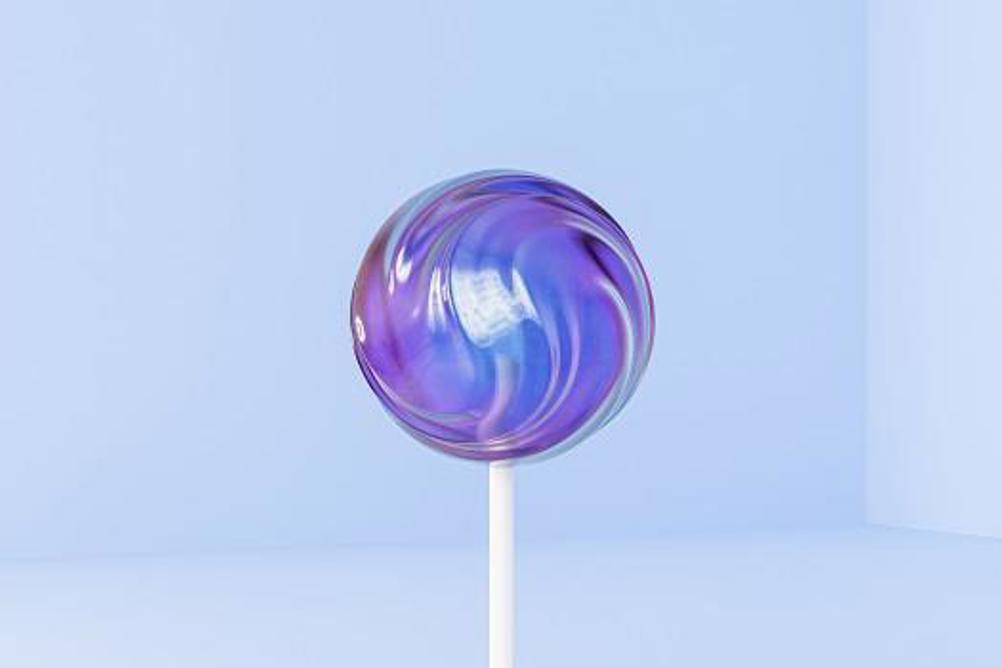
The biocompatible hydrogel concentrates and labels proteins in a single step, making it suitable for detecting low-abundance proteins from small sample sizes.
Around 12,400 people are diagnosed with cancers of the head and neck in the UK every year.
Developed by Ruchi Gupta and colleagues from the School of Chemistry, the biocompatible hydrogel concentrates and labels proteins with a fluorescent marker in a single step, making it suitable for diagnostics that aim to detect low-abundance proteins from small sample sizes.
The hydrogel achieves protein capture via the fluorescent marker (fluorescein isothiocyanate or FITC), which is attached to the hydrogel by a photocleavable bond. On exposure to light, the protein, which now attached to the flourescin, is released from the hydrogel.
Register now to continue reading
Thank you for visiting Dental Nursing and reading some of our resources. To read more, please register today. You’ll enjoy the following great benefits:
What's included
-
Up to 2 free articles per month
-
New content available
Already have an account? Sign in here
